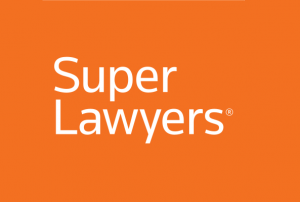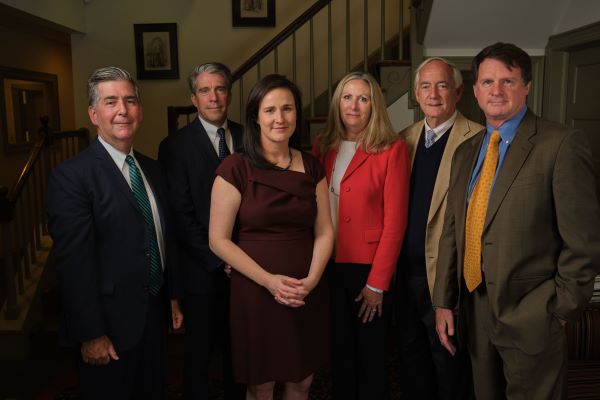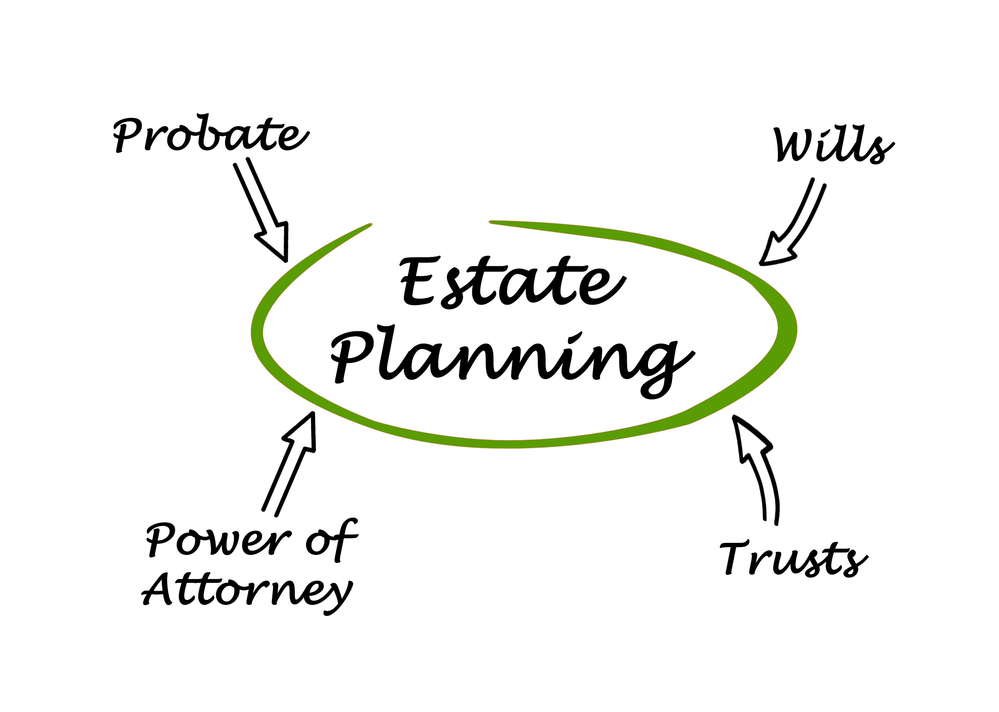
As most small businesses have likely heard, the CARES Act’s Payroll Protection Program (PPP) and the Economic Injury Disaster Loan (EIDL) program both ran out of money last week. While there is pending federal legislation to replenish both with several billions of dollars, given how the first round of funding went, it is all but certain that any second-round funding will be depleted in a matter of days. As such, there are going to be businesses that lose out on CARES Act funding altogether, especially considering how much money has already been injected into it and the uncertainty surrounding the duration of the pandemic. For those unlucky businesses, there are other CARES Act programs and mechanisms as well as state and local relief programs that they can take advantage of; or they can look to a less-publicized Federal Reserve program. Indeed, the Main Street Lending Program (the “Program”) is Federal Reserve creation and is an alternative to the PPP and EIDL and other CARES Act programs (it is unaffiliated with the Small Business Administration (SBA)).
Main Street Lending Program
The Program is designed to assist banks with loaning money more freely by requiring the Federal Reserve to purchase ninety five percent (95%) of the loans, while the lender assumes the remaining five percent (5%). As such and similar to the PPP, local banks serve as the lender for economically stressed businesses. In addition, businesses that have already received PPP loans may also take advantage of the Program.
The Program operates in two (2) facilities:
-
Main Street New Loan Facility (MSNLF)
-
Main Street Expanded Loan Facility (MSELF).
For both facilities, repayment on these loans are four (4) years, amortization of principal and interest is deferred for one (1) year, and the interest rate is an adjustable rate of secured overnight financing rate (SOFR) plus 250-400 basis points. The minimum loan under both is $1 million, but the maximum under the MSNLF is generally $25 million, and for the MSELF it is generally $150 million. However, a key distinction between the two facilities is that, under the MSNLF, the loans are unsecured.
The Program is aimed to help small and medium-sized businesses. Accordingly, eligible borrowers must have either:
-
10,000 or less employees; or
-
2019 revenues of $2.5 billion or less.
In addition, eligible borrowers must be created or incorporated in the United States, with a significant portion of their operations and employees based here. Borrowers must also make several attestations when submitting a loan application and depending on which particular facility it applies to, including, among other things, that the borrower will not use loan proceeds to pay preexisting loans or lines of credit; it will not cancel or reduce existing lines of credit; that it requires this financing due to COVID-19 pandemic and it will make reasonable efforts to use the loan proceeds to maintain its payroll during the term of the loan; and that it will follow stock repurchase, compensation and capital distribution restrictions set forth in the CARES Act.
For businesses looking for liquidity to carry them through the health emergency the Program offers a possible alternative on borrower-friendly terms, even though it does not provide for loan forgiveness like the PPP. Likewise, the automatic $10,000 grant of the EIDL program, or the non-repayable aspect of the Employee Retention Credit, are additional options for businesses looking to obtain much needed-cash while they are under economic distress.
The Federal Reserve is currently working to create and implement the Program’s infrastructure. Final terms and conditions have not yet been released. For businesses interested in learning more about the Program, please contact Chris Young at 301-738-2033.
Chris Young is an associate in the Business & Tax practice at Miller, Miller & Canby. He focuses his practice on corporate legal agreements, business formation, tax controversy work and helping clients deal with new tax regulations. View more information about Miller, Miller & Canby's Business & Tax practice by clicking here.







Share this Article: